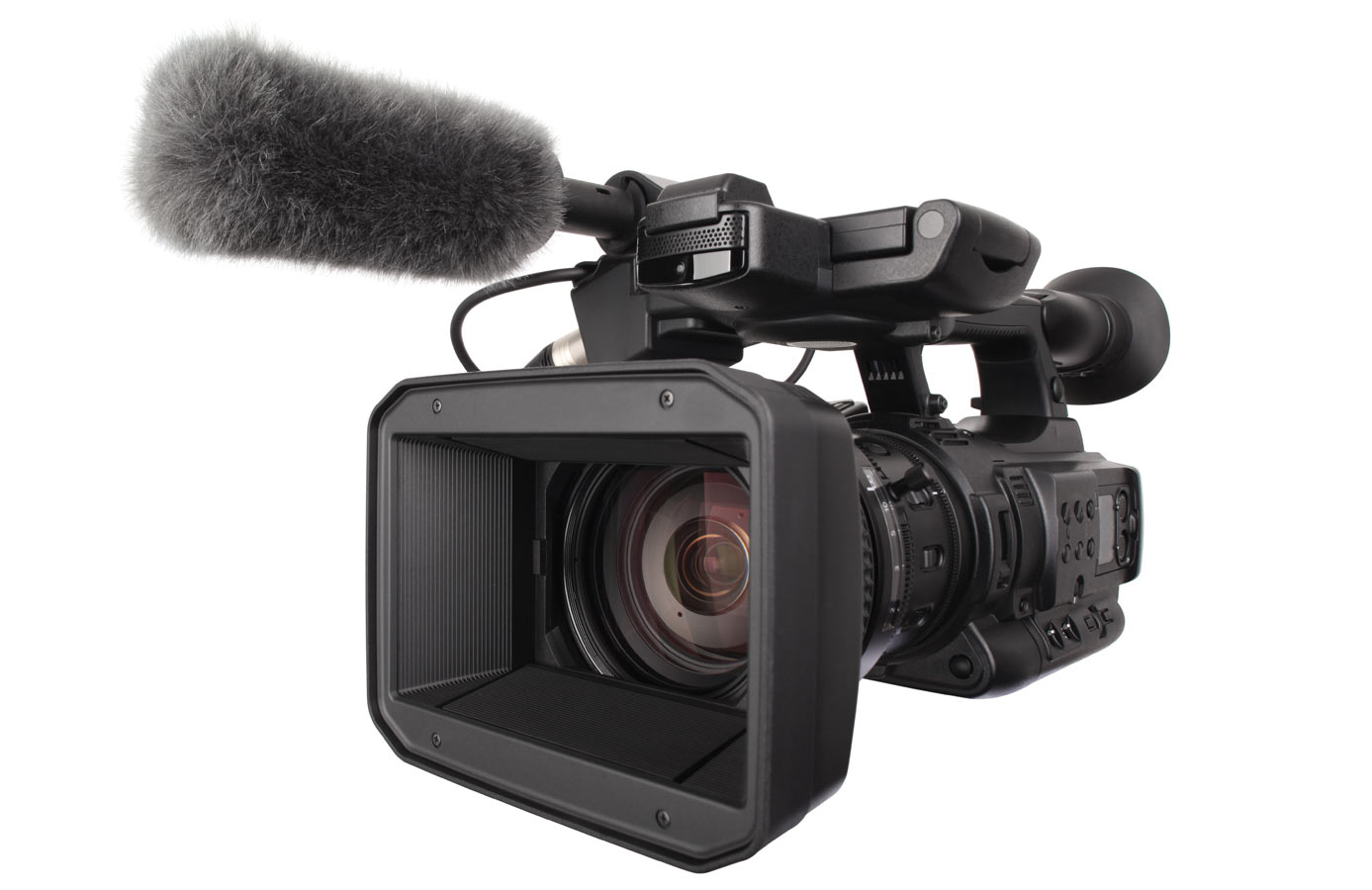Researchers go on camera to share results
The Canola Research Hub video gallery contains interviews on a variety of topics. Users can hear directly from lead researchers, and navigate the timeline to the questions and answers most relevant to their needs. Two of the most recent additions are interviews with Hector Carcamo of Agriculture and Agri-Food Canada (AAFC) in Lethbridge and Gary Peng of AAFC Saskatoon, both under the category of Integrated Pest Management.
Managing cabbage seedpod weevil and lygus bug
Two rather important chronic pests of canola are cabbage seedpod weevil (CSPW), an exotic pest of particular concern to growers south of Highway 1 in Alberta and southwest Saskatchewan, and lygus bug, a native pest that attacks many Canadian crops. Although both insects arrive to canola fields at the bud to early flower stage, they have quite different life cycles and the timing for both damage to the crop and managing these pests differs as well.

Carcamo led a four-year farm-scale study, ‘Management of lygus bugs and seedpod weevil in canola at the farm level’, to determine how spraying for CSPW at early flower influenced the abundance of lygus bugs at early pod stage when lygus are most destructive. This is a common question on the minds of many growers, particularly in Southern Alberta.
Results of this study showed that spraying for weevils at canola’s early flower stage reduced the abundance of lygus at the pod stage in most fields. Over all fields and years, this also resulted in an average yield increase of approximately 1.5 bushels per acre compared to unsprayed fields. However, yield responses were highly variable and some unsprayed strips had similar or higher yields than those sprayed.
Seeding date clearly influenced the abundance of CSPW and lygus, but in different ways. Fields planted in early April or the first two weeks of May, which is optimum for canola yield, had a higher risk of CSPW damage but reduced damage from lygus. Late planting resulted in an increased risk of lygus damage, but CSPW was never going to be an issue in these fields.
Economic thresholds of both pests were determined with recommendations at 25-40 in ten sweeps for CSPW, and one per sweep for lygus bugs. Growers often ask if there is a joint threshold for CSPW and lygus bugs that can be assessed at the flowering stage. Carcamo recommends waiting until you’ve achieved a uniform field at approximately 20 per cent flower, and managing these insects separately. This avoids unnecessary crop spraying, reducing input costs and preventing harm to beneficial insects.
Mitigating the risk of blackleg
Blackleg, the most widespread fungal disease of canola in Western Canada, has the potential to greatly reduce both canola yield and farmers’ profitability. With the increasing risk of blackleg in many regions, growers need current information on products and practices available to reduce the impact of this disease on their farms and to help minimize the breakdown of blackleg resistance in canola varieties. Growers are asking if a fungicide treatment is useful for control of blackleg and, if so, when it should be applied.
In 1990, canola varieties were introduced with blackleg resistance that relied heavily on two avirulence genes (AvrLm3 and AvrLm1). Since then, the pathogen population has adapted and we are seeing an increase in resistance breakdown. Earlier studies have shown foliar fungicide treatment having little yield benefit, especially on these resistant cultivars (Kutcher et al, 2013). However, those results were inconclusive due to a limited test area in Central Saskatchewan and the low levels of disease presence in the years of study.
The objective of this four-year project, led by Gary Peng, was to assess the benefit of all fungicide products registered in Canada for control of blackleg on canola through multi-year, multi-site trial testing under varied environmental conditions and with high levels of disease.
Left: Hear from Dr. Gary Peng about mitigating blackleg disease in canola by watching the interview posted in the Canola Research Hub’s video gallery at canolaresearch.ca
 Field plots established at Vegreville, AB, Scott and Melfort, SK and Brandon and Carman, MB tested a susceptible canola variety to represent the worst-case scenario of blackleg-resistance breakdown, and diseased canola residues from previous years were left in the plot area for pathogen inoculum. Fungicides were applied at the 2-4 leaf stage individually, in a split application at the 2-4 leaf and prior to bolting, and as a single application just prior to bolting. Unsprayed plots were used as a non-treated control. A resistant (R) cultivar and moderately resistant (MR) cultivar were also treated at the 2-4 leaf stage as additional checks.
Field plots established at Vegreville, AB, Scott and Melfort, SK and Brandon and Carman, MB tested a susceptible canola variety to represent the worst-case scenario of blackleg-resistance breakdown, and diseased canola residues from previous years were left in the plot area for pathogen inoculum. Fungicides were applied at the 2-4 leaf stage individually, in a split application at the 2-4 leaf and prior to bolting, and as a single application just prior to bolting. Unsprayed plots were used as a non-treated control. A resistant (R) cultivar and moderately resistant (MR) cultivar were also treated at the 2-4 leaf stage as additional checks.
Over all site years, all but two of these treatments reduced blackleg and increased seed yield in the susceptible variety. However, MR and R canola varieties did not significantly benefit from any fungicide application, producing more seed than the susceptible variety with or without a fungicide treatment.
The majority of canola cultivars currently grown in Western Canada have R ratings for blackleg and in most fields disease levels rarely reach a point where fungicide will provide any benefit. However, in isolated fields severely damaged by factors such as early hail or insect feeding at the cotyledon stage, strobilurin fungicide may be applied at the 2-4 leaf stage to offset a negative impact on canola yield. This treatment can also be effective in fields where blackleg levels are trending higher despite following best practices of blackleg resistance stewardship (e.g. changing cultivars and extending canola rotation intervals).
Peng discourages the use of fungicides where blackleg levels are low as the limited fungicide chemistry available to farmers makes it easy for the pathogen to develop resistance. Fungicide should be used to mitigate blackleg only when necessary and economically advantageous.
You can find summaries and reports for these two research projects and other completed and in-progress studies on the Hub (canolaresearch.ca). View the full videos with Carcamo and Peng under the Media section, as well as interviews with Neil Harker on factors influencing canola emergence, Julie Soroka on flea beetles, Kelly Turkington on sclerotinia petal testing, Digvir Jayas on bag storage for canola and Rob Gulden on pod drop and seed shatter.
Fungicide benefits susceptible canola varieties
| Variety | Treatment | Blackleg Incidence (%) | Blackleg Severity (0-5) | Grain Yield (bu.ac.) |
|---|---|---|---|---|
| Westar (S) | Non-treated control | 54.1 | 1.5 | 26.4 |
| Headline (2-4 leaf) | 42.8* | 0.9* | 30.4* | |
| Quadris (2-4 leaf) | 41.8* | 0.8* | 30.2* | |
| Tilt (2-4 leaf) | 57.0 | 1.5 | 27.1 | |
| Quilt (2-4 leaf) | 47.2 | 1.1* | 30.5 | |
| Headline (rosette) | 49.4 | 1.3 | 28.1 | |
| Tilt + Headline** | 46.8* | 1.2* | 29.4* | |
| Headline** + Tilt | 41.6* | 0.9* | 30.5* | |
| 43E01 (MR) | Non-treated control | 53.2 | 1.3 | 37.3 |
| Headline (2-4 leaf) | 40.3* | 0.8* | 37.5 | |
| 45H29 (R) | Non-treated control | 44.1 | 0.9 | 49.3 |
| Headline (2-4 leaf) | 35.9* | 0.6* | 50.2 | |
| *Means are significantly different from the non-treated control of the same cultivar (P < 0.05, Dunnett’s Test). **Split applications at the 2-4 leaf and prior to bolting stages, respectively. | ||||





